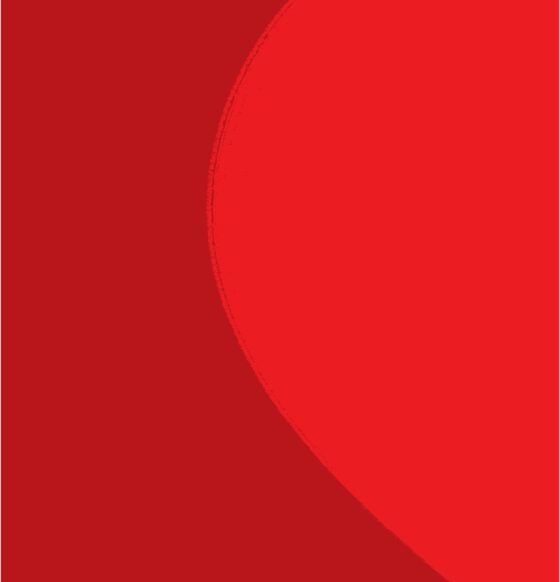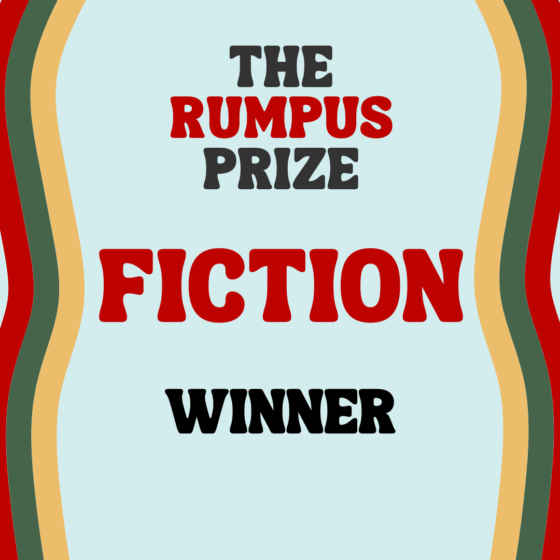Baseball is back, and New York City, that modest little sports market, has just unveiled two new major league stadiums. This season, the Yankees will play at the shiny limestone rebirth of Yankee Stadium; the Mets will try their luck at Citi Field (also known as Bailout Park, ha ha). A recent New Yorker cover illustration by Bruce McCall summed up the city’s feelings on the matter: McCall pictured the two ball parks bursting out of an orangey cityscape, and then if you looked closer you noticed that each stadium was emerging from its own cardboard box, spilling giant Styrofoam packing peanuts down onto the skyline. In other words, New Yorkers have received a package. They may not have asked for it, but it feels like a gift. That’s the fun part. Turns out, though, that the package’s contents are heavy, extravagant, messy, and a bit wasteful.
I know that, given my status as a sports blogger, I should probably be writing this post while sitting at one of the new stadiums, looking out onto the beautiful symmetry of the sandy infield, watching the distant, graceful figures of grown men playing a boy’s game. But neither the Yankees nor the Mets have hosted their home opener yet. Instead, I’m sitting at home in Brooklyn; I’ve learned most of what I know about the new ball yards from architecture reviews. For example, the New York Times piece on the recently completed stadiums tries to strike a populist chord, suggesting that, while both venues are awash in nostalgia, and while that’s disappointing from an architectural standpoint, it’s probably good from a fan-enjoyment standpoint. NPR’s sports commentator Frank Deford managed to feel offended by this review and delivered a huffy response, which begins with a critique of contemporary stadium-building practices and somehow ends as an essay in praise of nostalgia. (Deford’s piece annoyed me when I heard it on the radio, then charmed me when I read it on the NPR website; not sure what that means about my own critical mood-swings, or about Deford’s reading voice.) The Daily News also paid attention to the formal aspects of the new stadiums in its sports pages, but with a blessedly practical eye. For them, the pertinent questions were not about beauty but about whether Citi Field would be a good hitter’s ball park.

The most upsetting review for me—a childhood Yankees fan who converted to Mets-ianity after moving to New York City in 2000—was Paul Goldberger’s review in the New Yorker. Goldberger is a fine descriptive writer; he informs us that the Yankees’ new home has “a façade of limestone, granite, and cast stone, with high, narrow arched openings and entry portals that seem designed for the ceremonial arrival of the Pope, Queen Elizabeth, or at least George Steinbrenner.” Encouragingly, Goldberger asserts a little later that the Mets’ Citi Field is “pleasanter in every way than the harsh stadium it replaces” (although it’s also smaller than Shea by fifteen thousand seats, which surprised me). The troubling thing about Goldberger’s review, if you’re an arts-conscious Mets fan (and there are a lot of us out there, am I right, arts-conscious Mets fans?), is what he writes at the end. “A stadium is a stage set as sure as anything on Broadway, and it determines the tone of the dramas within,” Goldberger high-steps. “Citi Field suggests a team that wants to be liked, even to the point of claiming some history that isn’t its own.” According to Goldberger, then, the Mets are thieving magpies who lack confidence and natural charisma.
If an architecture review can curse a baseball team, this one probably will. I want to argue here, though, that Goldberger is dead wrong. I’m at a serious disadvantage in this debate for many reasons: Goldberger has been to both stadiums, while I have been to neither one; Goldberger is a longtime student of architecture, while I lived in San Francisco for two years without knowing what “Victorian” meant outside of a literary context; Goldberger is a staff writer at the New Yorker, while I am an unpaid blogger dude. Nevertheless I soldier on in the hopes of shielding the Mets from a damaging karmic payload that their badly shaken collective psyche can ill afford to confront.
In Donald Barthelme’s story “The Balloon,” the narrator describes the inflation of a gargantuan balloon in the sky above Manhattan. The balloon covers 45 blocks and sinks into the gaps between the city’s high-rises. Although the story’s narrator is flat-voiced, there’s a sense of crowdedness, of claustrophobic dread, that springs from the image of the balloon. The story captures a certain urban anxiety that I think is related to new baseball stadiums in general and New York’s pair of gleaming new ball yards in particular—we have added something to our city, something unavoidably big, an edifice (or pair of edifices) that will capture history. And this pushes against Goldberger’s notion of baseball stadiums being like Broadway stage sets—they’re not. They’re larger, more lasting, and their shapes don’t shift.

Louis Menand wrote a great piece about the new Donald Barthelme biography in the New Yorker one month before Goldberger published his damning review of Citi Field in the same magazine. (You can listen to Menand talking about Barthelme’s fiction here, although the full text of his article isn’t available online.) One of the pleasures of the piece is Menand’s working out of the multiple meanings of postmodernism. “Postmodernism is the Swiss Army knife of critical concepts,” Menand informs us. It can either be a signal of modernist art’s triumph or its downfall; it can either be used as “ a means of making literature” or a way of subverting and questioning art and art-making. Menand tells us, via his careful reading of the new Barthelme biography by Tracy Daugherty, that Barthelme believed in postmodernism as an art-making tool.
I would like to propose that the New York Mets believe the same thing: they have put their faith in the seriousness of postmodern pleasures. The Mets have borrowed bits of baseball history and assembled the pieces into a postmodern pastiche of a stadium. The new Yankee stadium is clearly a modernist enterprise, burnishing and updating epics of the past, evoking its formal gravitas with an imposing historical and architectural unity. Nothing wrong with that. But in favoring Yankee Stadium over Citi Field, in blessing the Yankees and cursing the Mets, Goldberger is really revealing a prejudice against the possibilities of postmodernism.
In an effort to evoke postmodernism’s habitual appropriation of pop culture artifacts, I will now end with the lyrics of the jingle played whenever WFAN radio goes to a commercial break during a ballgame broadcast:
Let’s Go Mets!





